
Amazon Diaper Changing Tables ASTM F2388-21 Testing
A diaper changing table is a free-standing elevated structure typically designed to support a child weighing no more than 30 pounds (13.61 kg). It allows the child to lie flat for caregivers to conveniently change diapers. The changing table may serve as or be converted into other types of furniture (e.g., a dresser, table, cabinet, bookshelf, baby play yard, or other furniture) and may include storage space for diapers and related supplies.
This policy does notapply to diaper changing tables used in public facilities (e.g., public restrooms).
Amazon requires that all baby diaper changing productscoveRED by this policy be tested and comply with the following specific regULations and standards:
All of the following:
1. Consumer Product Safety Improvement Act (cpsia)– concerning lead and phthalates; and
2. 16 CFR Part 1130– Consumer Registration Requirements for Durable Infant or Toddler Products; and
3. Section 14(a)(5) of the Consumer Product Safety Act– Tracking Labels;
And one of the following:
1. ASTM F2388-21– Standard Consumer Safety Specification for Baby Changing Products for Domestic Use; or
2. 16 CFR Part 1235– Safety Standard for Baby Changing Products.
General Requirements of ASTM F2388-21 for Baby Changing Products Include (but are not limited to):
1. Sharp Points and Edges: Products must not have sharp points or edges that could injure the baby’s skin.
2. Small Parts: No detachable small parts that could be swallowed by infants.
3. Surface Coatings: Must not contain harmful substances such as lead in excess of permissible limits.
4. Wooden Components: Must meet safety standards such as being free from cracks or splinters.
5. Openings: Openings must be designed to prevent entrapment or suffocation hazards.
6. Stability: Products must have adequate stability to prevent tipping or falling during use.
CPSIA Requirements for Lead and Phthalates
In addition to strict limits on lead content in children’s products, CPSIA also imposes new limits on phthalates (harmful cheMICals) in toys and child care articles.
Therefore, all children’s products must undergo this testing.
Before testing, the following product images must be provided (as applicable):
1. Packaging
2. Compliance marks
3. Warning labels
4. Age grading
The samples submitted for testing must exactly matchthe products displayed on the product detail page.
Certification Process for ASTM F2388-21 Diaper Changing Tables:
1. Complete the application form (including company information).
2. Review, sign the contract, and make payment (contract issued based on application).
3. Send product samples (return tracking number for follow-up).
4. Formal testing conducted by JJR Laboratory in China.
5. Report review and confirmation.
6. Final official test report issued.
Email:hello@jjrlab.com
Write your message here and send it to us
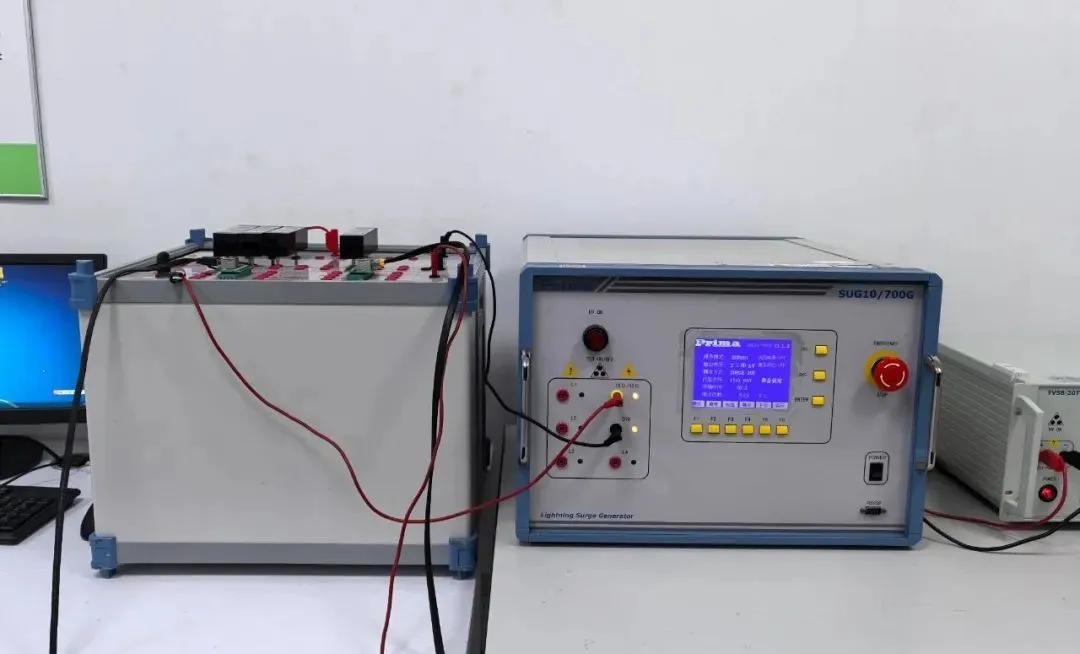 Electric Toy EN 62115 & EN 71 Testing
Electric Toy EN 62115 & EN 71 Testing
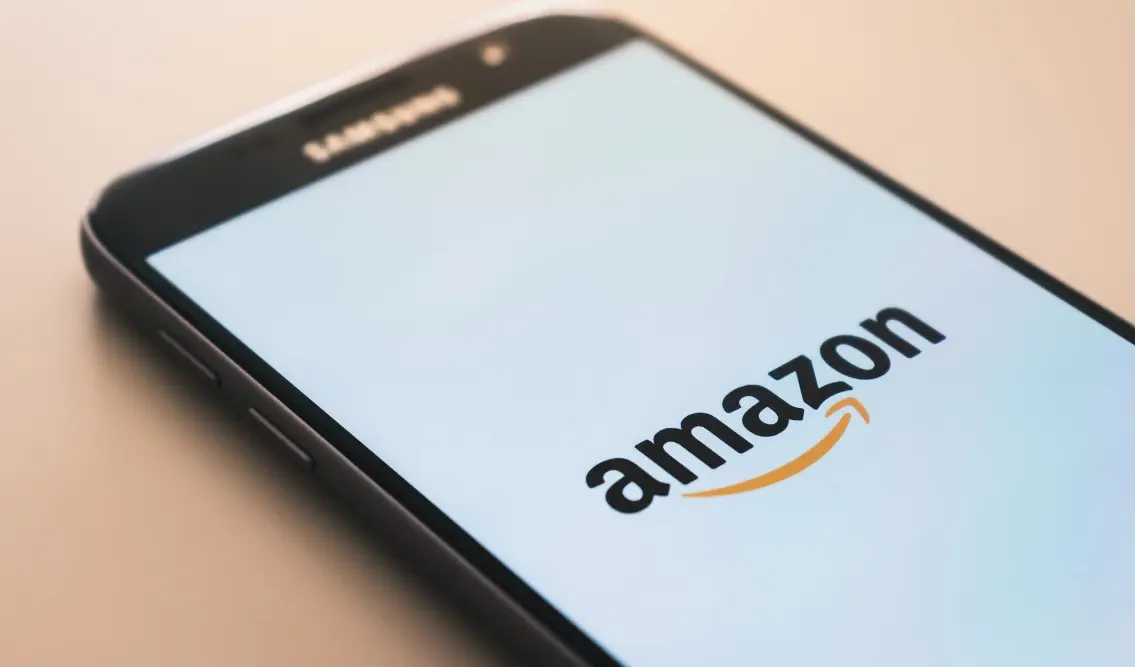 What are ASTM F963 and CPSIA?
What are ASTM F963 and CPSIA?
 Comparison of ASTM F963 and EN 71
Comparison of ASTM F963 and EN 71
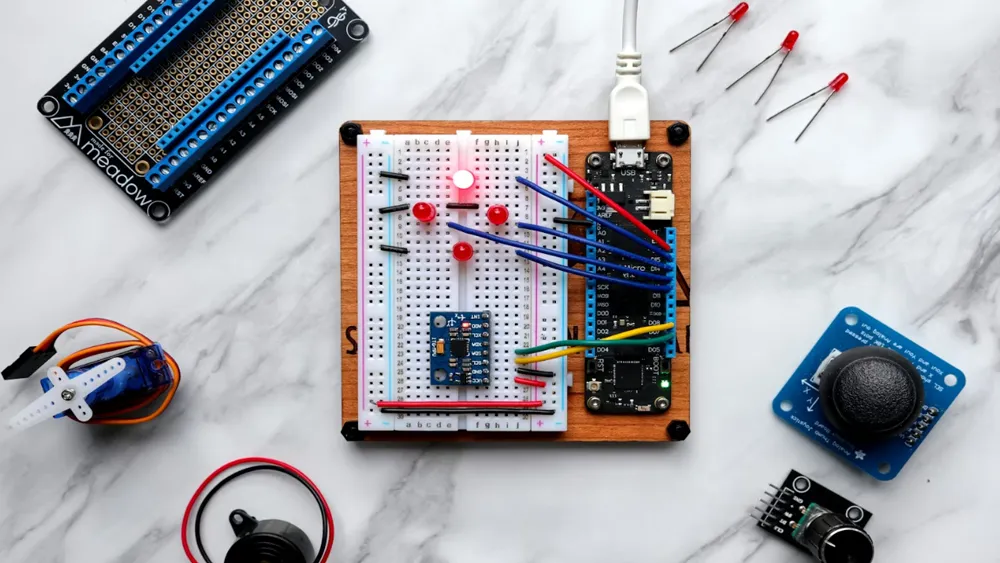 How to get CSA C22.2 NO.256:14 Test Report?
How to get CSA C22.2 NO.256:14 Test Report?
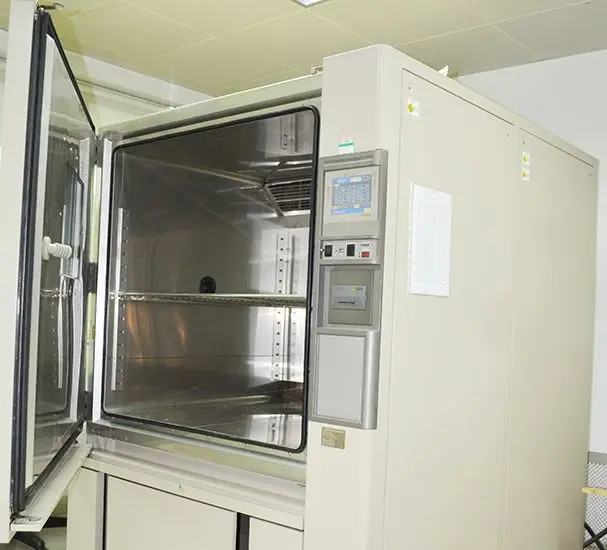 How much is the ISTA Amazon Packaging & Shippi
How much is the ISTA Amazon Packaging & Shippi
 Amazon Product Laboratory Testing Requirements
Amazon Product Laboratory Testing Requirements
 How to Get EPA Certificatio
How to Get EPA Certificatio
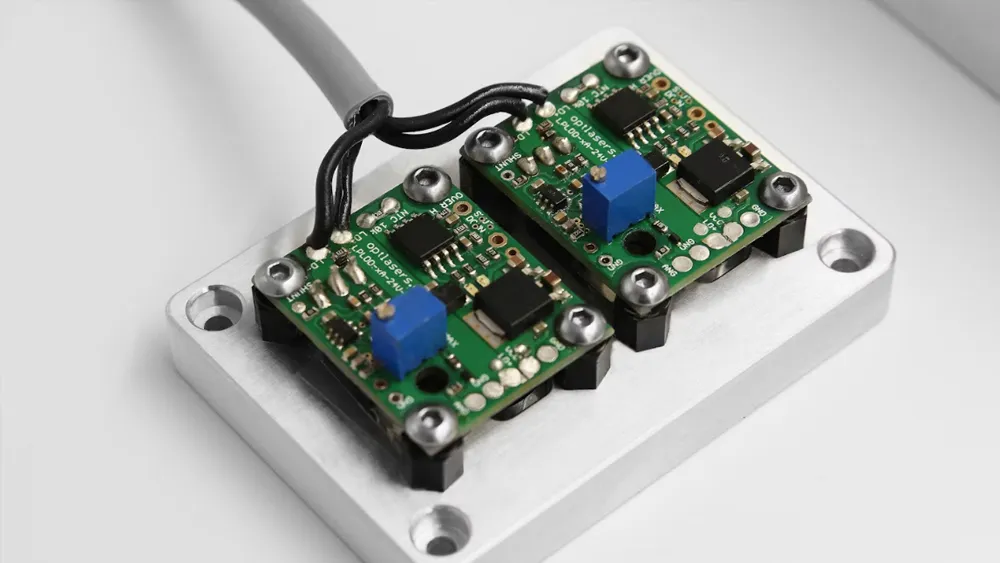 What is EPA Certification in the United States?
What is EPA Certification in the United States?
Leave us a message
24-hour online customer service at any time to respond, so that you worry!




